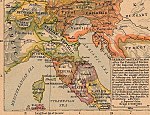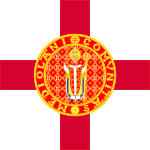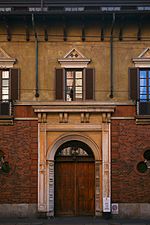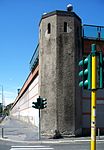Battle of Insubria

The Battle of Insubria in 203 BC was the culmination of a major war, carried out by the Carthaginian commander Mago, brother of Hannibal Barca, at the end of the Second Punic war between Rome and Carthage in what is now northwestern Italy. Mago had landed at Genoa, Liguria, two years before, in an effort to keep the Romans busy to the North and thus hamper indirectly their plans to invade Carthage's hinterland in Africa (modern Tunisia). He was quite successful in reigniting the unrest among various peoples (Ligurians, Gauls, Etruscans) against the Roman dominance. Rome was forced to concentrate large forces against him which finally resulted in a battle fought in the land of the Insubres (Lombardy). Mago suffered defeat and had to retreat. The strategy to divert the enemy's forces failed as the Roman general Publius Cornelius Scipio laid waste to Africa and wiped out the Carthaginian armies that were sent to destroy the invader. To counter Scipio, the Carthaginian government recalled Mago from Italy (along with his brother Hannibal, who had been in Bruttium until then). However, the remnants of the Carthaginian forces in Cisalpine Gaul continued to harass the Romans for several years after the end of the war.
Excerpt from the Wikipedia article Battle of Insubria (License: CC BY-SA 3.0, Authors, Images).Battle of Insubria
Piazzale Francesco Baracca, Milan Municipio 1
Geographical coordinates (GPS) Address Nearby Places Show on map
Geographical coordinates (GPS)
| Latitude | Longitude |
|---|---|
| N 45.466666944444 ° | E 9.1666669444444 ° |
Address
Casa Laugier
Piazzale Francesco Baracca
20123 Milan, Municipio 1
Lombardy, Italy
Open on Google Maps











